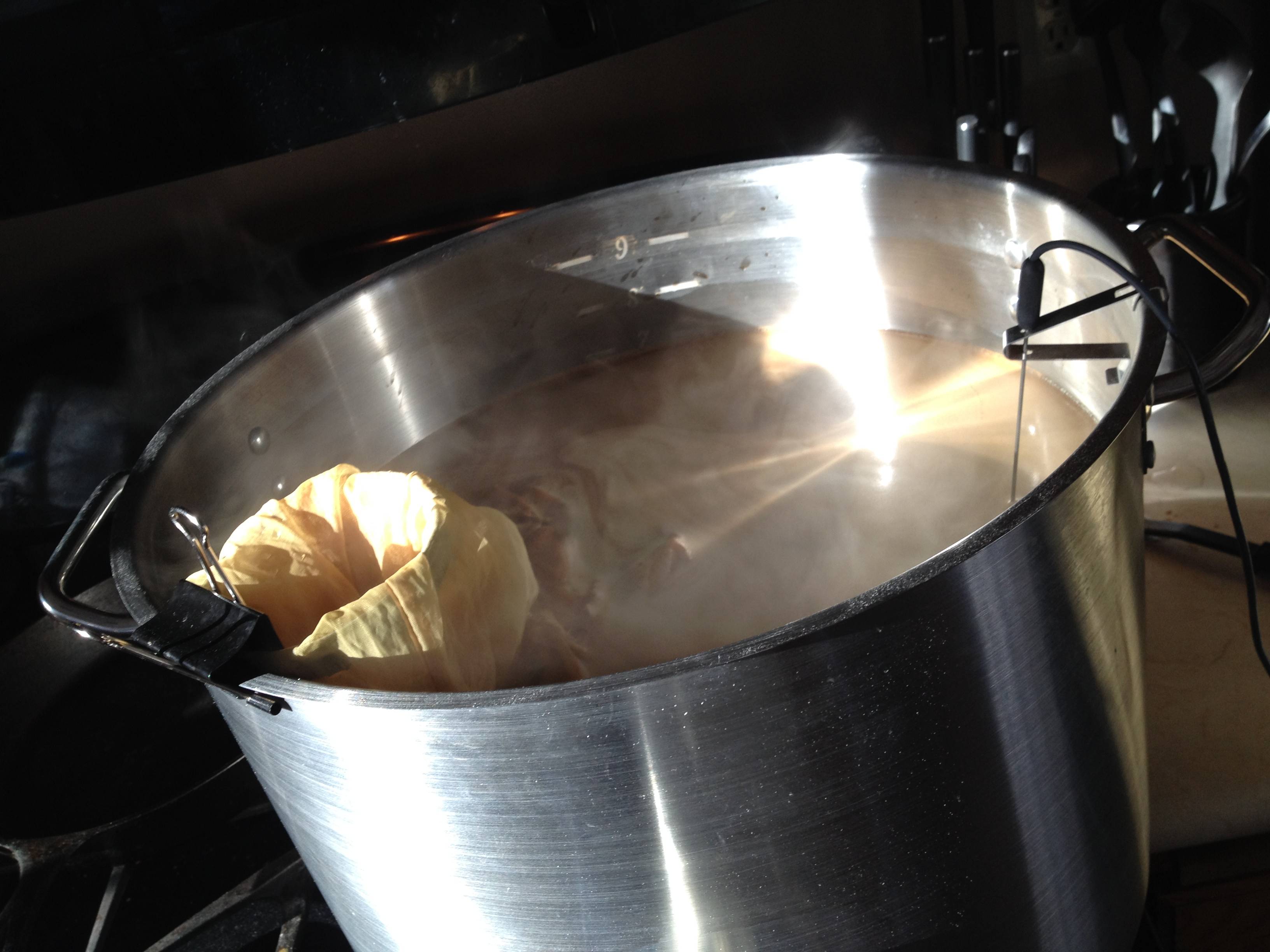What voltage did you use? What was your salt to vinegar ratio? The commercial kits I've seen for etching use 4.5 volts for steel and 1.5 volts for silver so apparently specific voltage plays a role. They also say to thoroughly clean surface with acetone. Mine was a little splotchy too but I thought it gave it character.
Sent from my iPhone using Home Brew
I used a 9V battery. When I started to etch the keggle, the liquid kept turning yellow, and it never seemed to get a very strong etch.




















![Craft A Brew - Safale S-04 Dry Yeast - Fermentis - English Ale Dry Yeast - For English and American Ales and Hard Apple Ciders - Ingredients for Home Brewing - Beer Making Supplies - [1 Pack]](https://m.media-amazon.com/images/I/41fVGNh6JfL._SL500_.jpg)




























